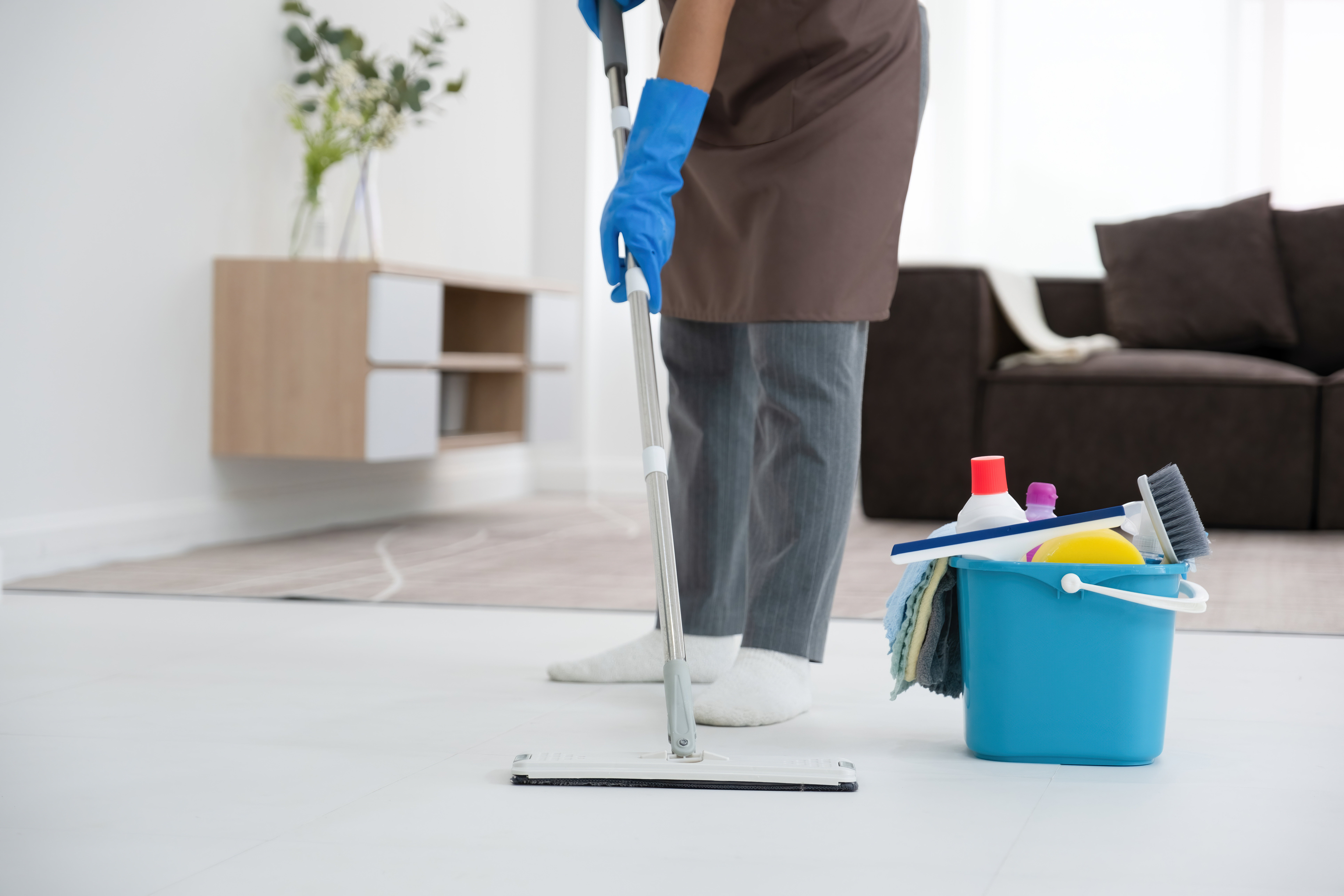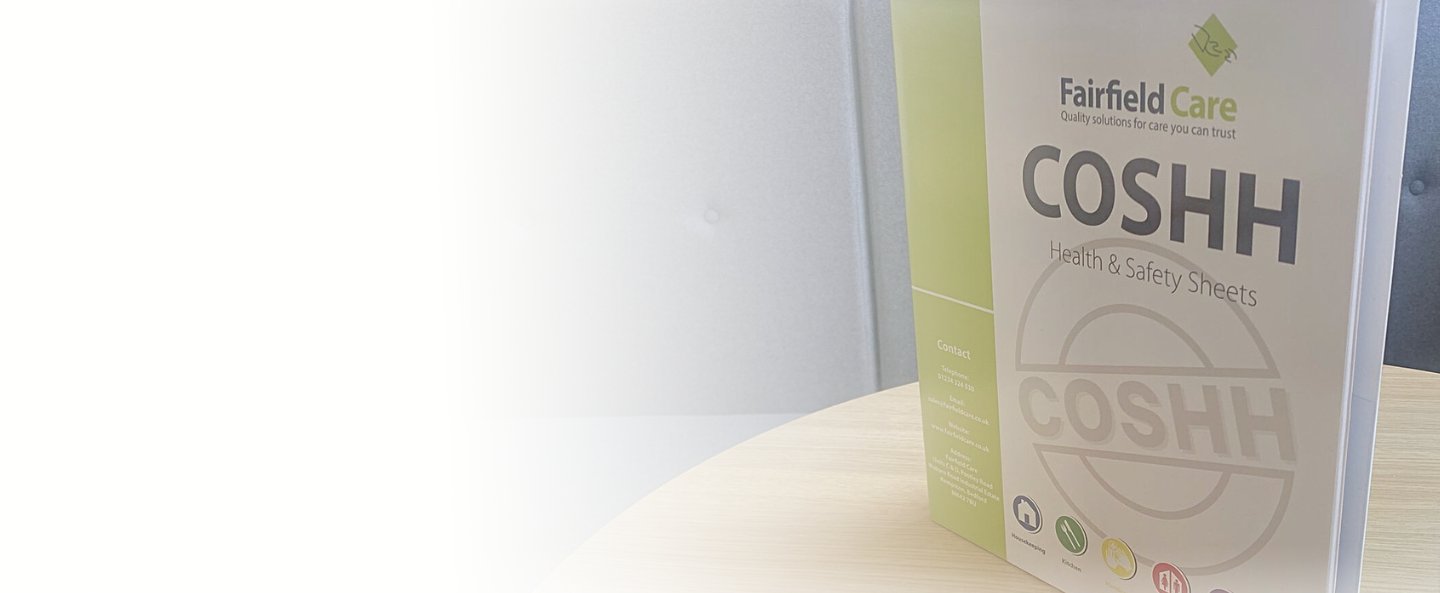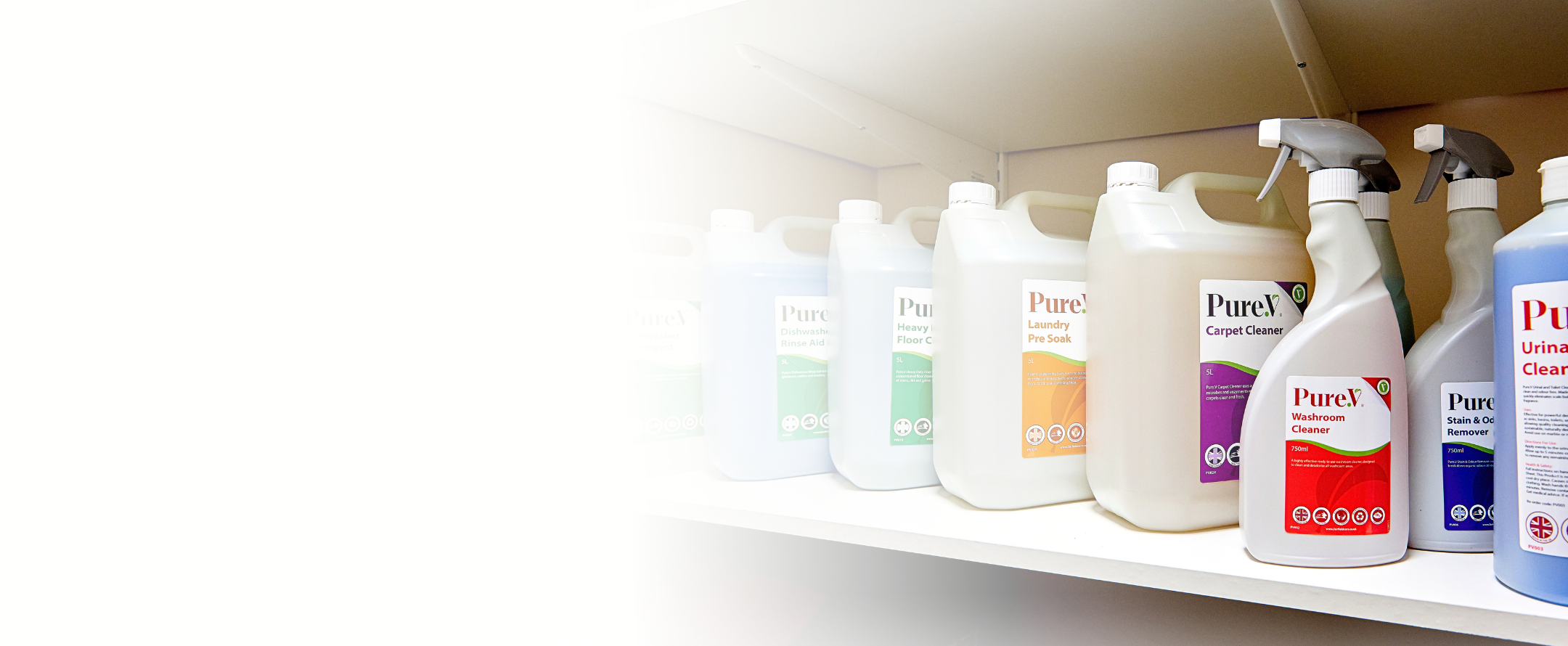As a care home manager, ensuring the safety, comfort, and well-being of residents is a top priority. Proper handling and usage of slings play a crucial role in achieving these objectives. Sling devices are indispensable aids in moving and transferring residents with mobility challenges, but their effective use requires understanding, training, and adherence to best practices. Click here to download our free sling guide.
Here are essential guidelines for care home managers to optimise sling usage:
1. Comprehensive staff training: Invest in comprehensive training sessions for your care team to ensure they have a deep understanding of the various types of slings available, their specific purposes, and how to select the most suitable sling for each resident. By providing thorough training, you can enhance their competence and confidence in handling these devices effectively and safely.
2. Personalised evaluation and proper sizing: Recognising the distinct requirements of each resident is crucial to properly using a sling. Carry out personalised evaluations to identify the ideal sling type, size, and fit for each individual. Ensuring a proper fit is crucial in preventing any discomfort, potential skin injuries, and guaranteeing safe transfers.
3. Regular equipment inspection and maintenance: Regularly inspect slings for wear and tear. Damaged or worn-out slings can compromise safety. Implement a routine check and maintenance schedule to promptly replace any damaged equipment.
4. Adherence to manufacturer guidelines: Follow manufacturer guidelines for sling usage, including weight limits and proper attachment to hoists or transfer devices. Deviating from these guidelines can pose risks to both residents and caregivers.
5. Promote team communication: Encourage open communication among staff members regarding sling usage. Create a platform where they can share concerns, tips, and experiences. Foster an environment where team members feel comfortable seeking guidance and advice from their peers.
6. Regular reviews and updates: Stay informed about new developments, best practices, and advancements in sling technology. Regularly review and update your care home's sling policies and procedures to ensure they align with the latest industry standards.
7. Documentation and record-keeping: Maintain accurate records of sling usage, assessments, and any incidents related to sling handling. Documenting these details ensures accountability and serves as a valuable reference for future training and improvements.
Effectively using slings in care homes requires a combination of knowledge, training, and diligence. By prioritising resident safety, personalised care, and continuous staff education, care home managers can create a safer and more comfortable environment for residents while reducing the risk of caregiver injuries.
Remember, a well-informed and trained care team, coupled with adherence to best practices, is key to maximising the benefits of sling usage in care home settings.
.png)


